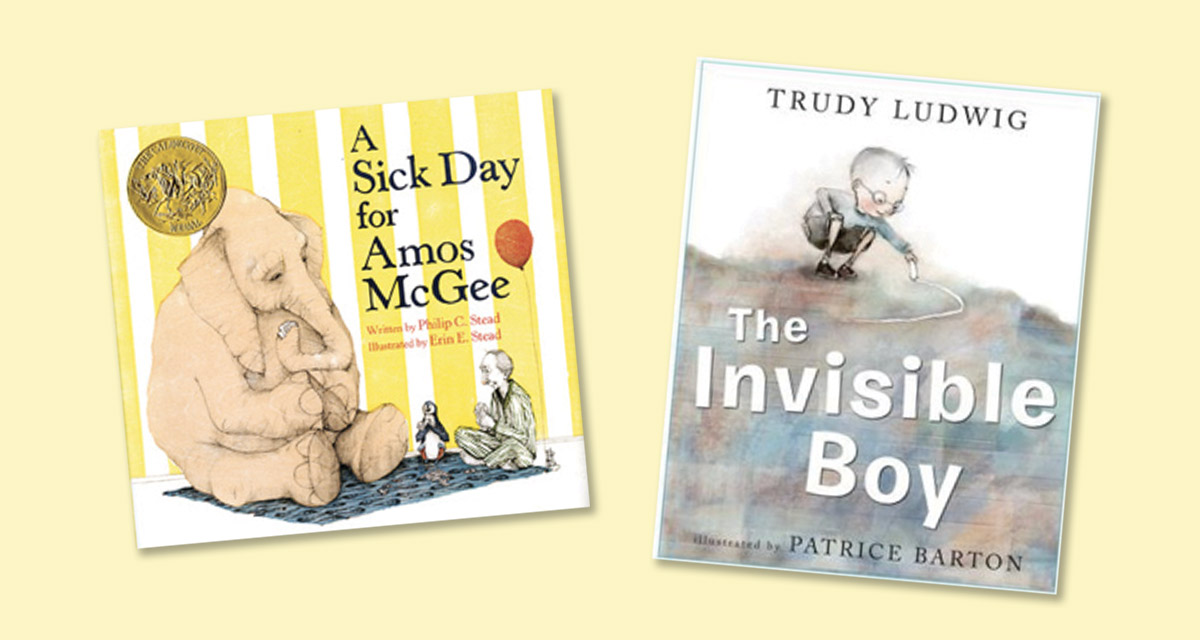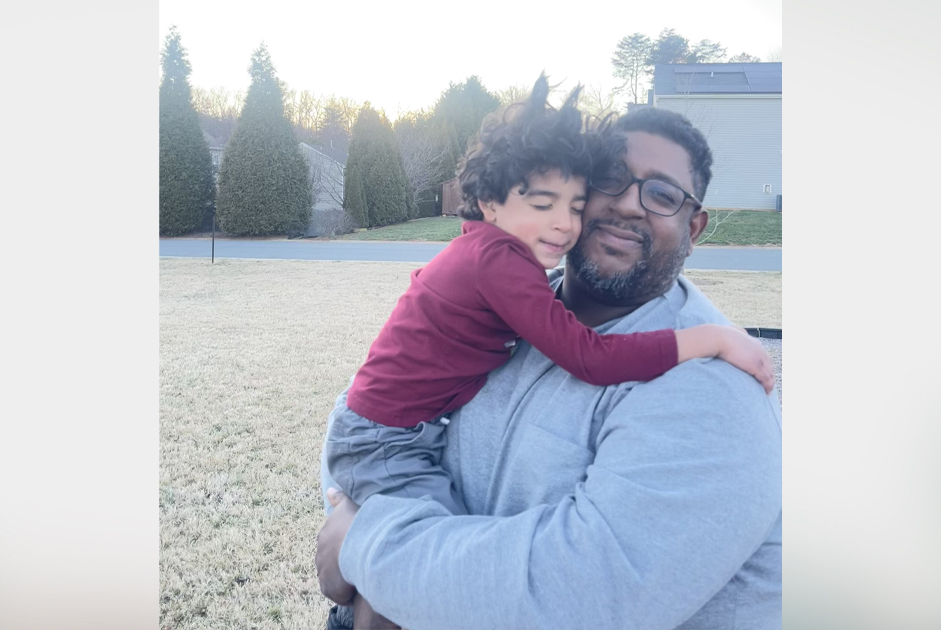Each month I spotlight two books guaranteed to delight readers and provide fun activities to further extend the meaning of each reading experience. With so many wonderful titles available, this is no easy task! I bring a 35-year teaching career, literacy expertise, and a passion for creating joyful readers and writers to every column I write. I certainly hope you enjoy this month’s picks as much as I do.
WHAT THE WORLD NEEDS NOW IS…MORE EMPATHY
Unlike sympathy (caring that someone is in a tough situation and offering comfort, but not necessarily feeling emotion along with them), empathy requires us to try to understand what another person is feeling and respond in helpful ways. Empathy is seeing the world through another’s eyes and in the process, understanding both ourselves and other people from the inside out. The more we seek to understand where others are coming from and how others are seeing the world, the greater chance we have of becoming our best self and making the world a better place. There are many ways to instill empathy in children, but one that is particularly effective is to communicate empathy through the pages of a book. Stories that showcase and promote empathy allow children to put themselves into another person’s (literary) shoes and see how characters relate to each other.
Learning to stand in somebody else’s shoes, to see through their eyes, that’s how peace begins. And it’s up to you to make that happen. Empathy is a quality of character that can change the world. ~Barack Obama
PRACTICE EMPATHY BY:
- listening to someone, rather than trying to talk to them.
- asking someone how they are feeling if you think there is something wrong.
- learning about people from different backgrounds and cultures.
- showing concern and care for others.
- paying attention to the needs of others.
- getting to know someone better, instead of judging them.
If you see someone without a smile, give them one of yours.~Dolly Parton
A recent study at the University of Michigan found that today’s college students (even with social media options to make it easy to connect) are forty percent less empathetic than their peers just twenty years ago. Empathy is not an inborn trait—it must be learned. When caregivers purposefully weave empathy into all aspects of a child’s daily life, this statistic can be turned around! Even if a child is not fully capable of understanding the complicated concept of empathy (typically, children are unable to grasp the concept until around 8 or 9 years old), the concern they have for treating people, even book characters, fairly and compassionately can be nurtured and built upon. In Unselfie: Why EmpatheticKids Succeed in Our All-About-Me World,Dr. Michele Borba shares dozens of proven, practical ways to nurture nine empathetic habits.
THE EMPATHY ADVANTAGE
- Emotional literacy
- Moral identity
- Perspective taking
- Moral imagination
- Self-regulation
- Practicing kindness
- Collaboration and teamwork
- Moral courage
- Altruistic leadership
A SICK DAY FOR AMOS McGEE
Winner of the 2011 Caldecott Medal, this husband-and-wife team have created a tender tale of friendship between the kind, elderly zookeeper, Amos McGee, and his special animal friends: elephant, tortoise, penguin, rhinoceros, and owl. Each day, Amos rises early and takes Bus #5 to the City Zoo, to care lovingly for each animal, giving each one exactly what he needs (e.g., reading a bedtime story to owl, running races with tortoise, and sitting with shy penguin). However, one day Amos is sick with a cold and cannot make the trek to the zoo. The animals return the favor by taking Bus #5 to Amos’ home to take care of him. This book is a poignant reminder that friends come in all shapes and sizes (and species) and friendship is marked by empathy and companionship—being there for one another is worthy of celebration.
THE INVISIBLE BOY
Trudy Ludwig shares the story of Brian, a quiet boy with a toothy smile and large rimmed glasses who goes seemingly unnoticed by his classmates and teacher. He is excluded from a classmate’s birthday party, left out of group work, and is the only person not chosen for the kickball team at recess. His “invisible” status is cleverly depicted in black and white across the pages of the book, until a new kid, Justin, joins the class and asks him to work together on a project which allows Brian’s artistic abilities to shine. This kind gesture is the catalyst that not only transforms an “invisible” boy into a friend, but also brings a flood of color to the otherwise drab illustrations. This story spotlights the importance of empathy and inclusiveness and is a perfect discussion starter for children who feel “invisible,” and those who need to notice and befriend “invisible” children.
Empathy is seeing with the eyes of another, listening with the ears of another and feeling with the heart of another. ~Alfred Adler
EXTENSION ACTIVITIES
Empathy Scripts
Pick one (or more) of the following scenarios, discuss how the person might feel, and then discuss or act out what you would do or say to demonstrate empathy.
- He has a new haircut and a group of boys make fun of him.
- She is regularly the last one chosen to be on the soccer team at recess.
- He is new to the United States and does not speak English very well—two children laugh when he says his name.
- She hears a group of girls giggling as she rolls by in her wheelchair.
- He falls down and hurts himself on the playground.
Standing in Another’s Shoes
Empathy is about shared emotions (or feeling the way they feel even if you are in the same situation) and understanding another person’s way of seeing things. In A Sick Day for Amos McGee, when Amos is too ill to make the trip to the zoo to take care of the animals, they decide to visit him and do what they can to make him feel better. Trace your shoes on a plain piece of paper, cut them out, and glue them to a piece of construction paper. Then create a collage by gluing pictures from old magazines (or draw your own) that you think will bring a smile to the face of a friend or family member who is sick or feeling sad. Give your collage to them (with a hug).
Cooking Up Empathy
The feature texts this month center on empathy. Make a list of all of the empathy “ingredients” the characters demonstrate (e.g., compassion, kindness). Create a recipe for empathy by using these “ingredients,” along with a step-by-step process needed to obtain the desired results. Be creative! (E.g., mix together 1 tsp. of compassion with a dash of kindness. Set aside for five minutes and then fold understanding into the mixture.) Below are some cooking verbs to get you started:
- bake
- chop
- cream
- pour
- strain
- peel
- stir
- combine
- grate
- slice




















